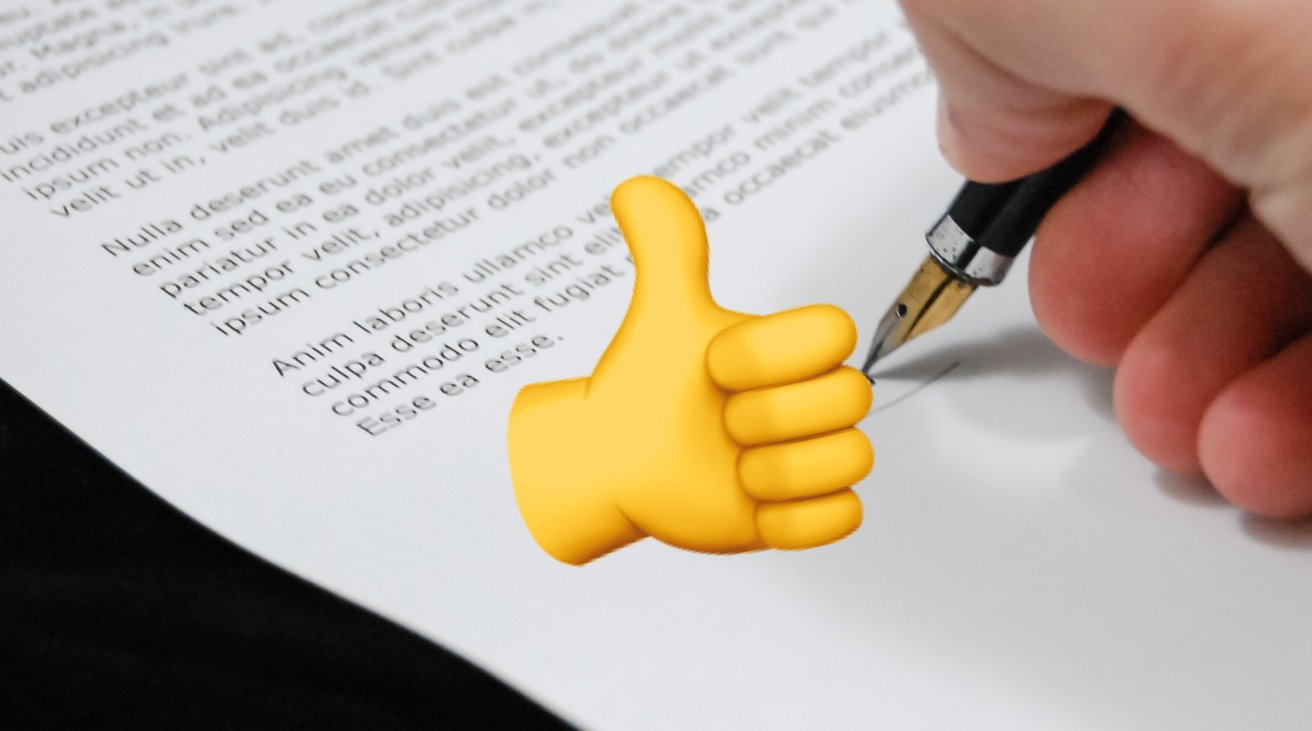A Thumbs-up emoji counts as a confirmation to enter into a contract? Here’s what a Canadian court ruled.
A 👍️-🆙 emoji counts as a confirmation to enter into a contract 🤝? 🇨🇦 🏛️ 💭 so.
In today’s digital age, communication has evolved significantly, with online conversations becoming a prominent mode of interaction. Where 10 years ago we would type our proper formal responses, nowadays emojis in a row can make a full meaningful sentence.
This paradigm shift has brought forth new challenges, especially in the legal realm. Recently, Canadian Supreme Court made a landmark decision regarding the interpretation of emojis in a legal context. It is essential to understand the significance of this development and its potential impact on legal proceedings. This article aims to shed light on the implications of the Canadian court’s emoji usage.
Emojis, once considered mere playful icons, have transformed into a powerful means of expression. They have become an integral part of daily online conversations, enabling users to convey emotions, intentions, and nuances that are often challenging to express through text alone. Understanding the evolving nature of communication in the digital age is vital, as it directly impacts their ability to interpret and analyze evidence and testimonies.
In a recent ruling by the Canadian Supreme Court, the interpretation and admissibility of emojis as evidence in legal proceedings were addressed. The case here involved people from two companies, South West Terminal Ltd. (SWT) and Achter Land & Cattle Ltd., who had done business with each other in the past. SWT sued Achter, a farming company, for a breach of contract and an alleged failure on their part to deliver 87 tonnes of flax, a variety of seeds. Apparently, an order confirmation was sent in the form of a thumb’s up emoji in a series of texts exchanged. But when it came to the delivery of goods, there was a breach of contract due to failure to deliver agreed quantities. Reading the context of the messages and the emojis, The court ruled in SWT’s favour, asking Achter to pay $61,442.
The court’s decision emphasized the need to recognize emojis as a legitimate form of communication and acknowledged their value in determining intent, emotions, and contextual relevance within a conversation.
The acceptance of emojis as evidence presents both challenges and opportunities for lawyers. On one hand, it requires them to develop a nuanced understanding of the various meanings and potential legal implications of emojis. This entails examining cultural contexts, contextual relevance, and the potential for misinterpretation. It’s almost like learning a whole new language. Ask anyone trying to communicate with a teenager via text. Also, recognizing the value of emojis as evidence can provide lawyers with additional tools to build persuasive arguments and strengthen their cases.
The acceptance of emojis as evidenced by the Canadian court sets a precedent that may influence future legal proceedings. We must be aware of the potential impact on various aspects of litigation, including contract disputes, criminal cases involving online communication, intellectual property matters, and defamation claims. The inclusion of emojis as evidence calls for a more comprehensive approach to legal research and the examination of digital communication in modern litigation.
This Canadian court’s emoji agreement judgement highlights the growing importance of understanding and interpreting emojis within a legal context. For lawyers, being well-versed in the intricacies of digital communication and its potential impact on legal proceedings is crucial. Embracing this evolving landscape can lead to enhanced advocacy, stronger case strategies, and a deeper understanding of the modern ways in which individuals express themselves. By staying informed and adapting to these changes, lawyers can continue to serve their clients effectively in an increasingly digital world.






